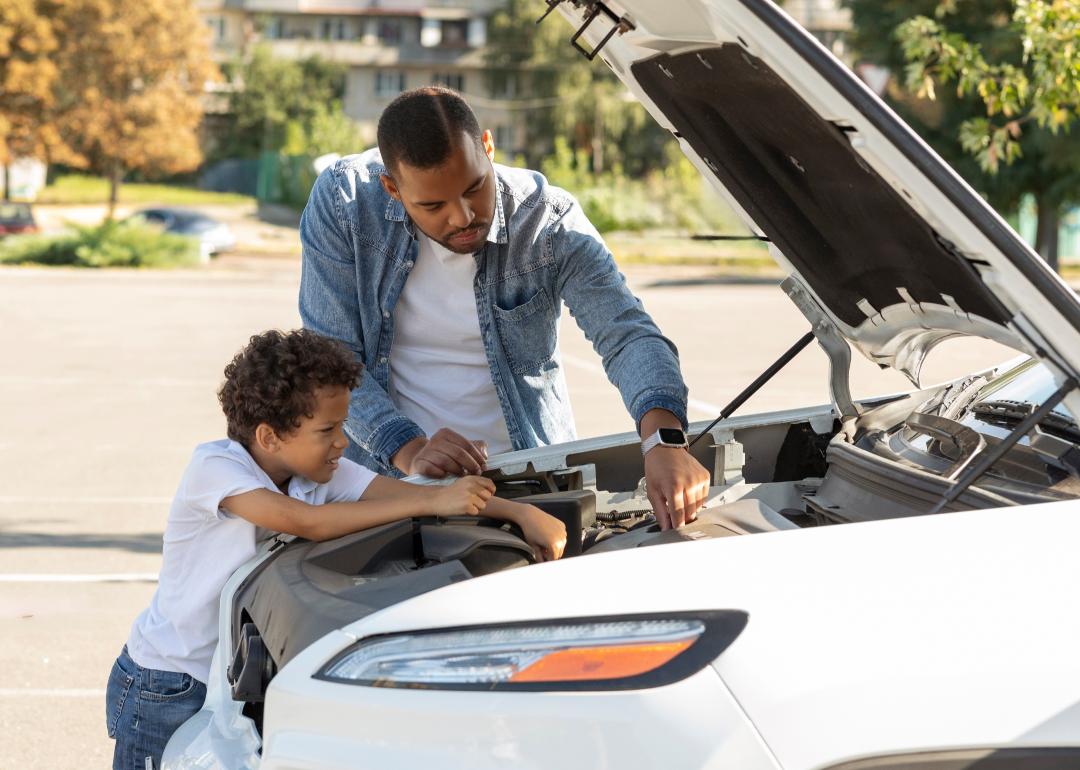
5 easy car repairs you can do on your own instead of making an insurance claim
This story originally appeared on Cheap Insurance and was produced and distributed in partnership with Stacker Studio.
5 easy car repairs you can do on your own instead of making an insurance claim
Making car insurance claims for repairs can count against drivers when they go to renew or get a new policy. Amid sky-high prices of goods and exorbitant inflation within car insurance, any additions to the monthly insurance budget can pose a challenge.
According to the Bureau of Labor Statistics' Consumer Price Index for all urban consumers, car insurance costs rose 20% over the past year; in December, costs increased about 36% from the beginning of 2022, when the surge really kicked off. For comparison, overall inflation—already considered high—was 3.4% over the past year, and prices for all goods are up about 9% from January 2022.
High car insurance inflation has been a yearslong trend, but risky driving habits and costly repairs have exacerbated the issue. Because of how insurance works, all drivers pay the price for these higher repair claims, regardless of whether they make any claims themselves.
Still, those with high or frequent claims will pay more. Typically, repairs above a certain cost where the policy owner is at fault can increase their premium for a few years after the claim. Insurers may even decide not to renew with those with particularly bad or worsening driving records. Individual insurers have different standards for this, and they don't often spell out the long-term effects that making various claims will have on a driver.
To help drivers avoid unnecessary insurance premium increases, Cheap Insurance identified five car repairs that even people lacking common car knowledge can do on their own (or with limited help) to avoid making an insurance claim.
It's important to note that there is a risk in not reporting an incident, particularly if other peoples' property is involved, so be thoughtful when deciding whether to file. Understanding your own contract can be especially helpful in this process.
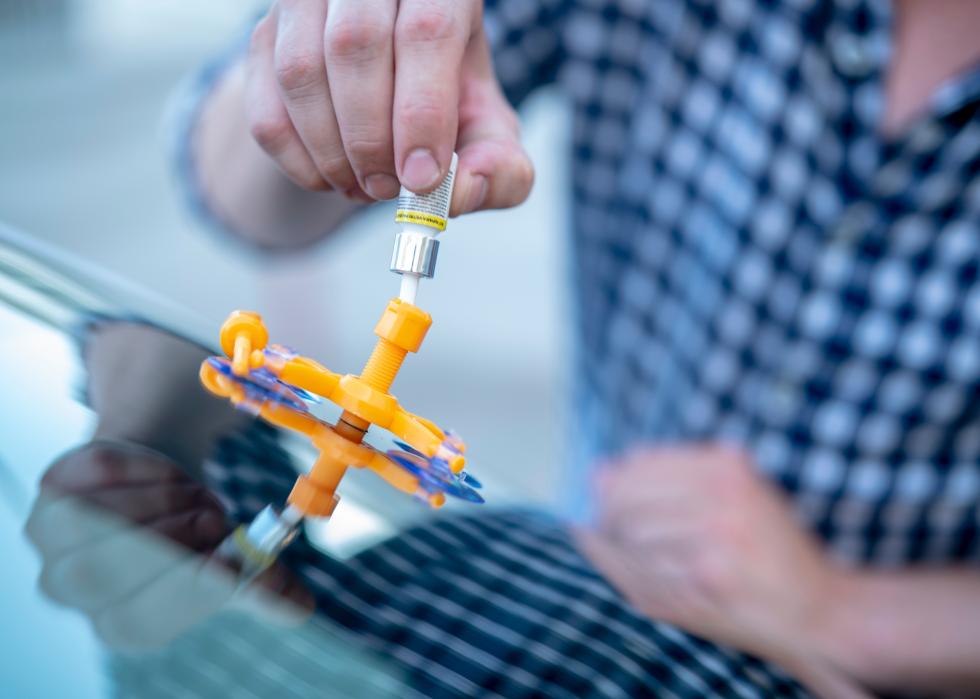
Filling windshield chips
Large cracks in a windshield can be dangerous and should be replaced. But smaller nicks, such as those created by gravel, can be dealt with relatively easily at home.
Windshield repair kits typically cost $10 to $15, and the process has only a few steps: cleaning the glass, applying an adhesive patch and pedestal from the kit, injecting epoxy resin, allowing it to cure, then removing excess and cleaning the spot again. It's important to file chips early, as changes in temperature, weather, and other factors can cause the damage to spread.
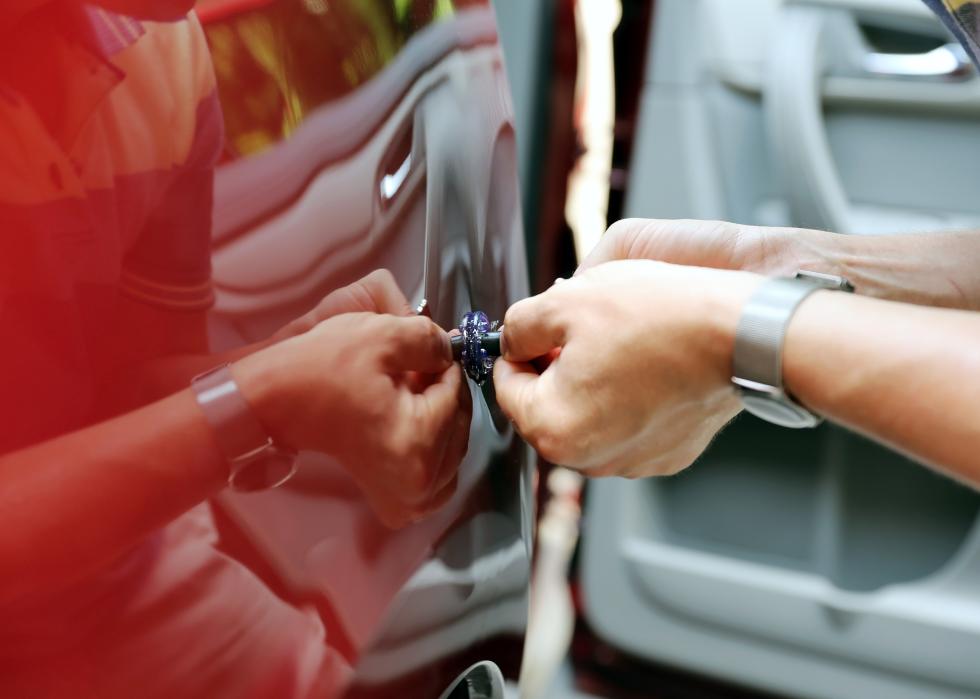
Correcting dents
There are various methods to correct minor dents, with some variations depending on the size and type of dent and the car material. Often, small dents can be corrected by heating the spot and either spraying cool compressed air at it or using a suction tool such as a dent puller or bridge puller to snap the material back into place.
When this doesn't work, applying body filler is a good option. Applying the puttylike substance is similar to using spackle to fill holes in a wall, so a capable DIYer should be able to follow the instructions easily.
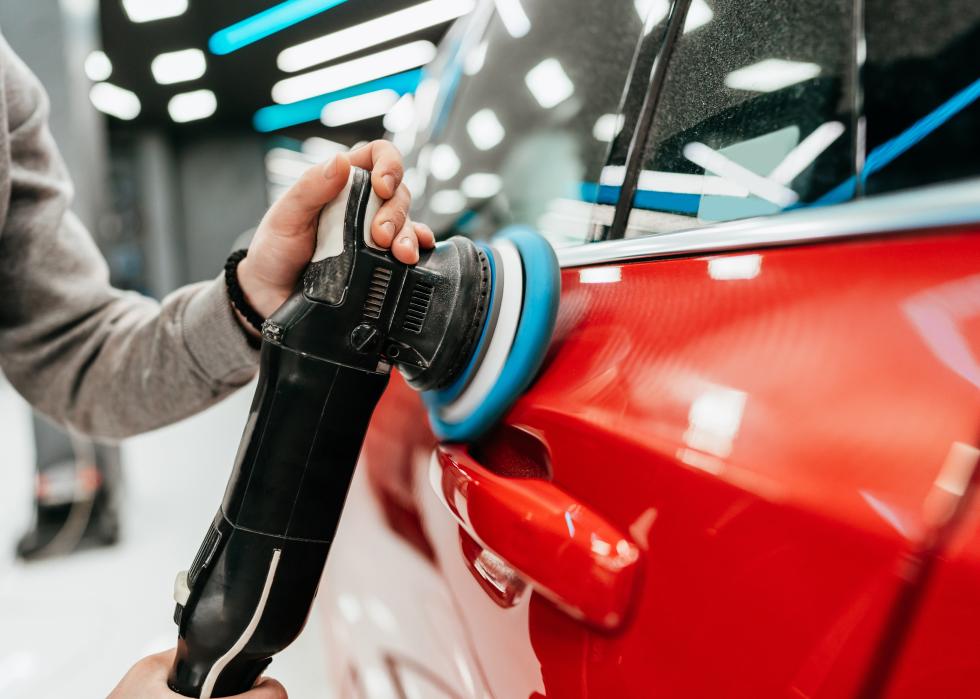
Covering scratches
Scratches are some of the most common and obvious car damage. Luckily, they are also relatively easy to repair, and countless online tutorials are available to guide you. Plus, there are dozens of low-cost products to do these repairs at home for less than $20, like scratch erasers, scratch removers, and paint pens. The process entails cleaning the scratch and surrounding areas, applying touch-up paint, sanding, buffing, and polishing. To get an exact color match, find your car's factory paint color code and use that to purchase the paint.
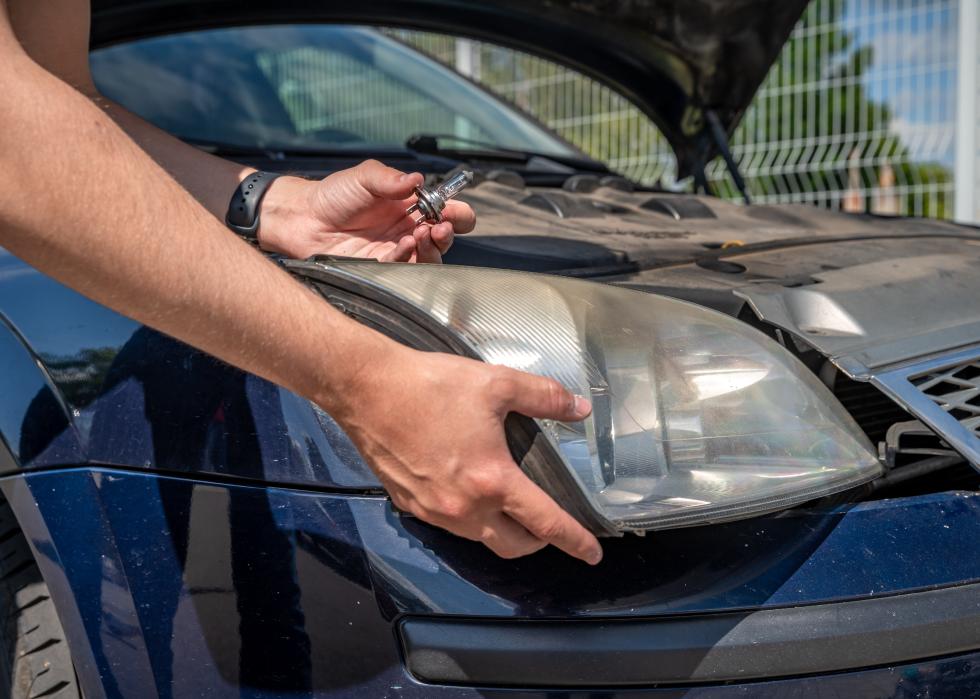
Replacing a headlight
Replacing or repairing a broken headlight sounds daunting, but it can actually be relatively simple and may take just a couple of hours—even for an amateur.
The process is different depending on the make and model of your car and what elements of the headlight need to be repaired or replaced. You'll likely only need a basic toolkit and the replacement part(s). Search for an online video tutorial on repairing a headlight in your vehicle for the best results.
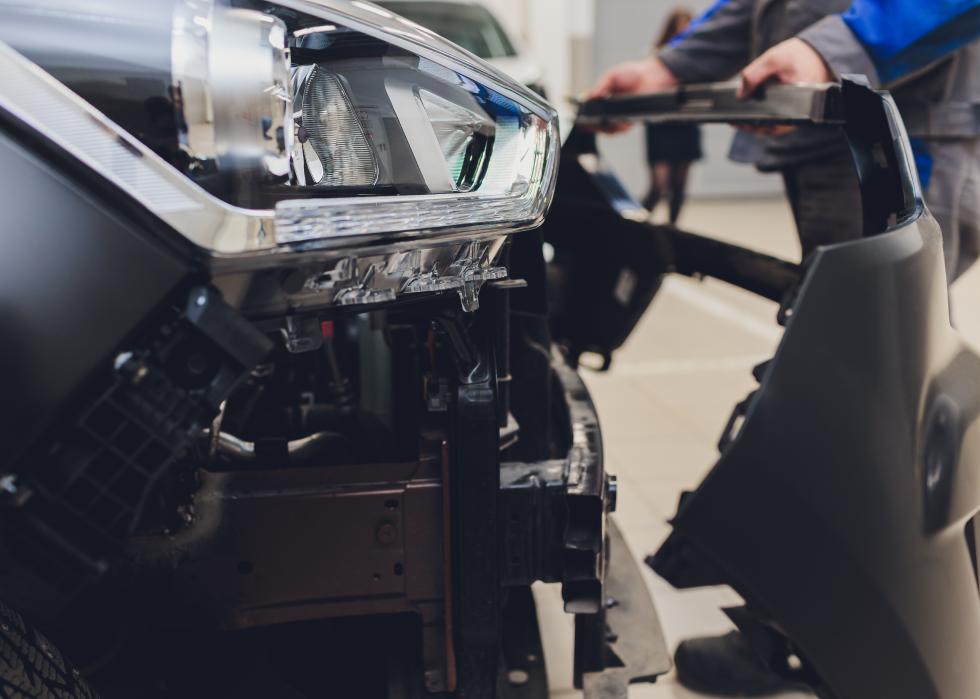
Replacing bumper covers
Bumper cover damage is another repair that feels intimidating and looks large but can be done independently (though having another helper is ideal). Front or rear bumper damage is common with fender benders or even hitting a high curb. If you're lucky, the damage will only affect the bumper cover—the name for the visible part of the bumper, typically made of a type of plastic.
If you purchase an aftermarket replacement, the process involves removing bolts and fasteners, moving accessories such as fog lights and turn signals to the new bumper cover, and reattaching the new piece. This process is a bit more complicated than the other repairs mentioned, so watch videos and consult your vehicle's repair manual before deciding whether to try it.
Story editing by Ashleigh Graf. Copy editing by Paris Close. Photo selection by Clarese Moller.



